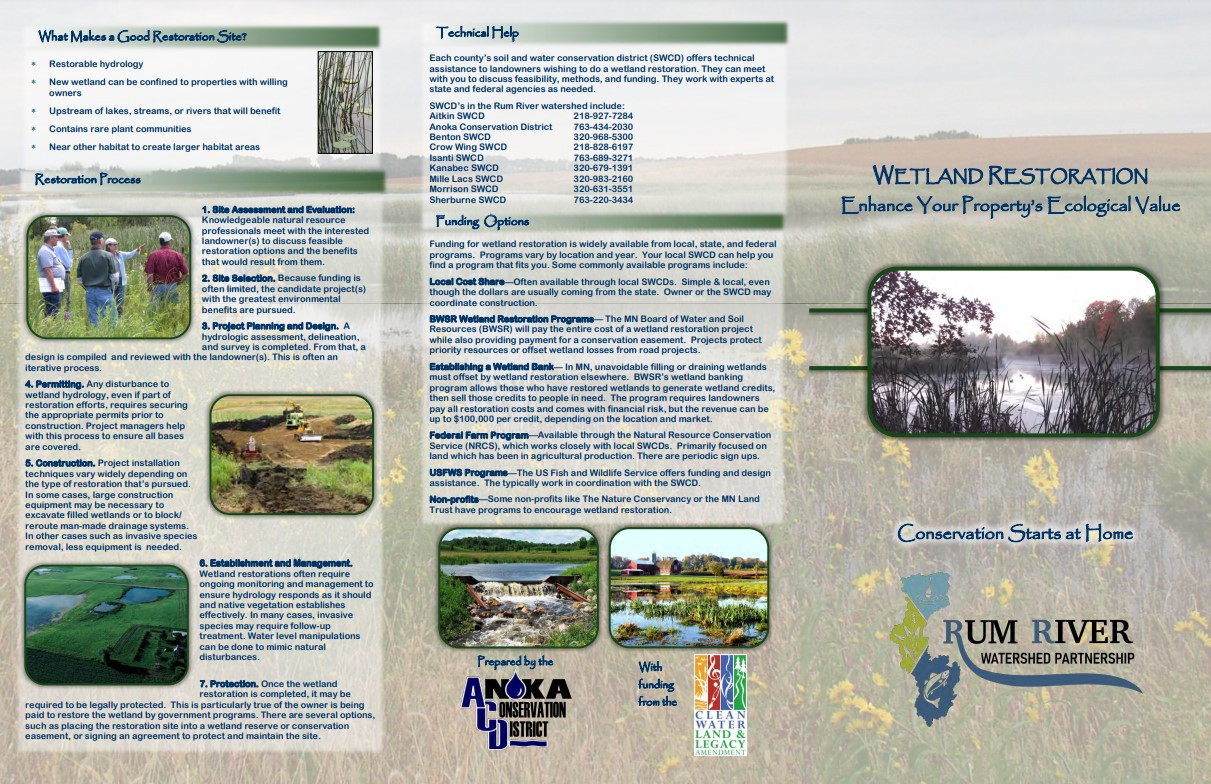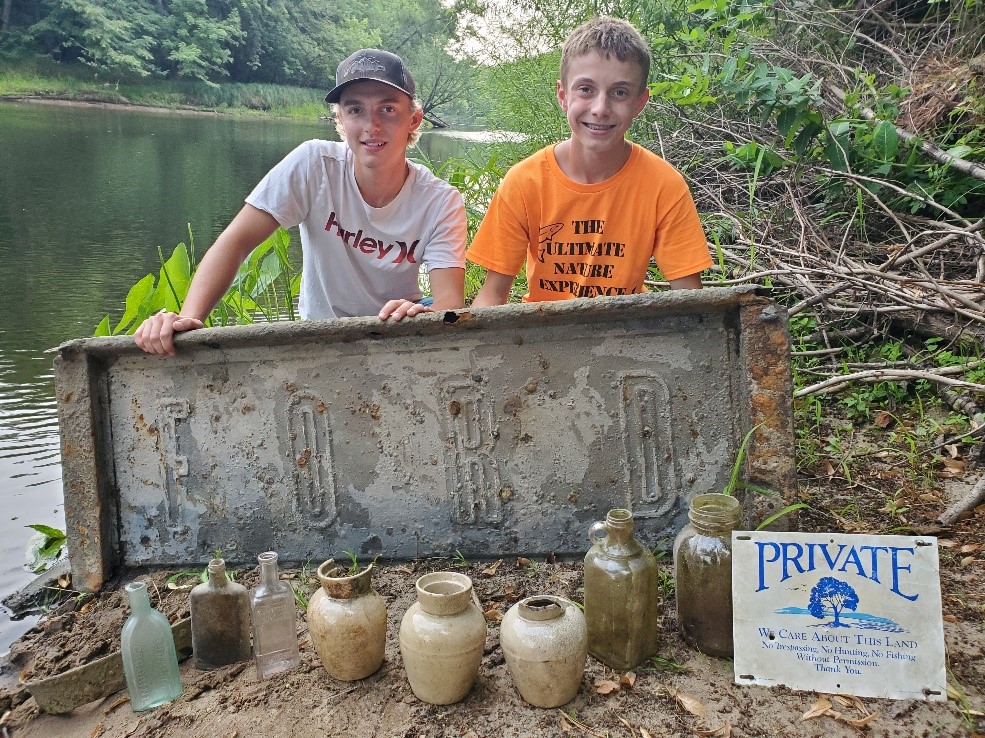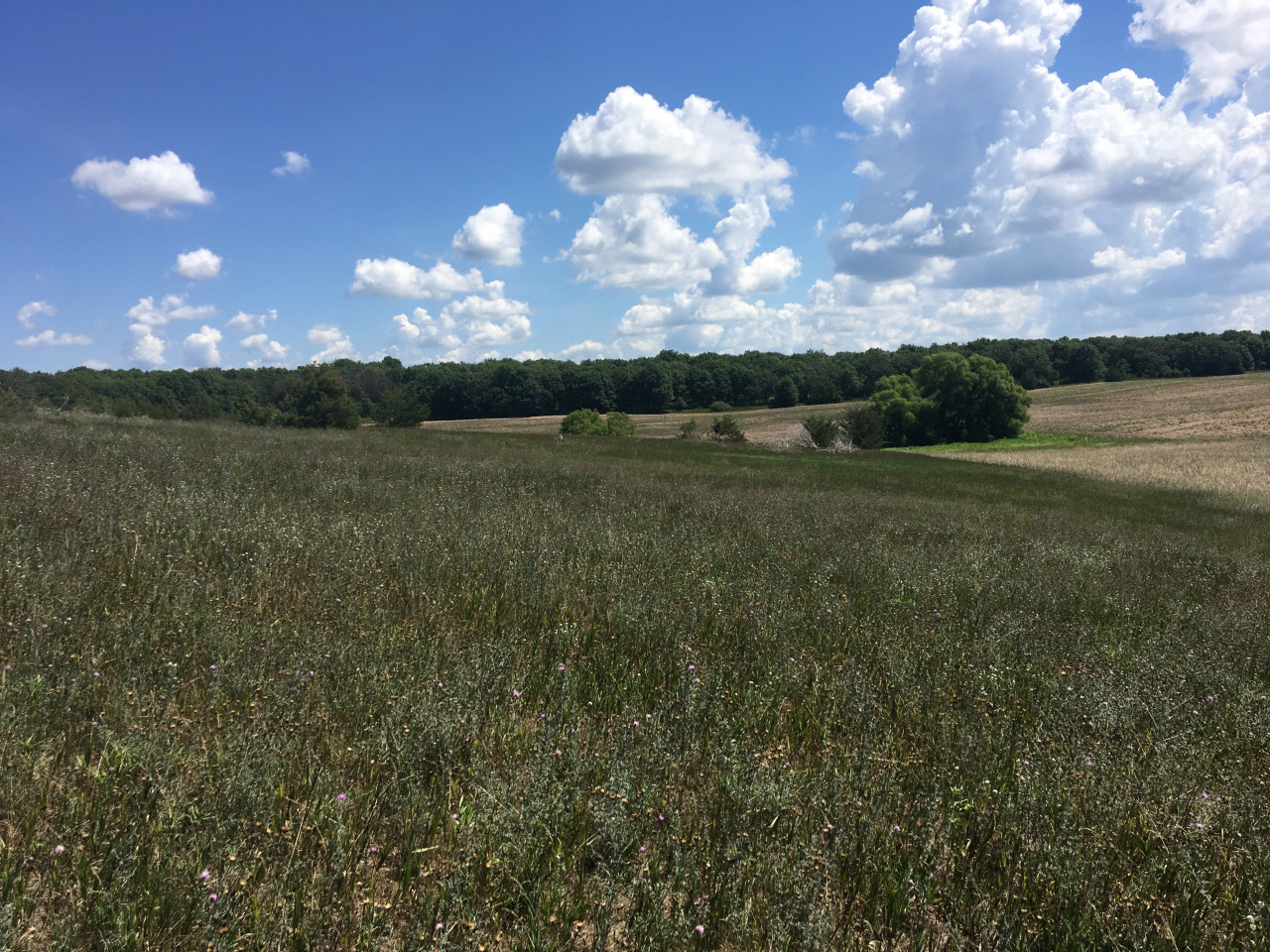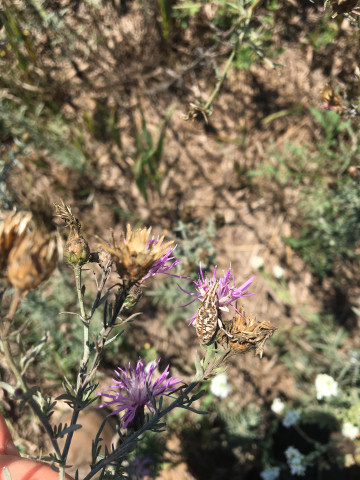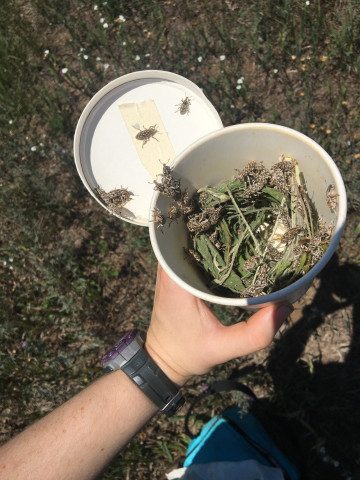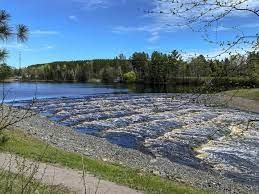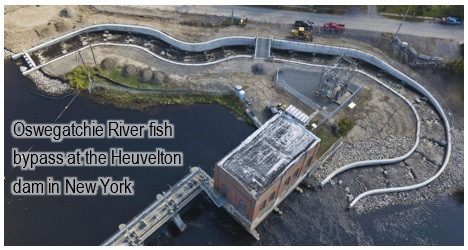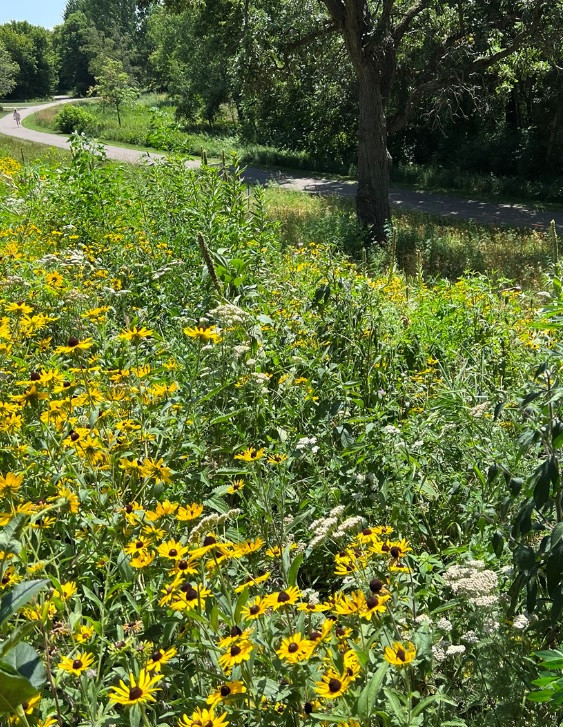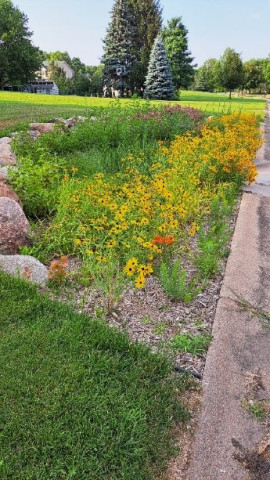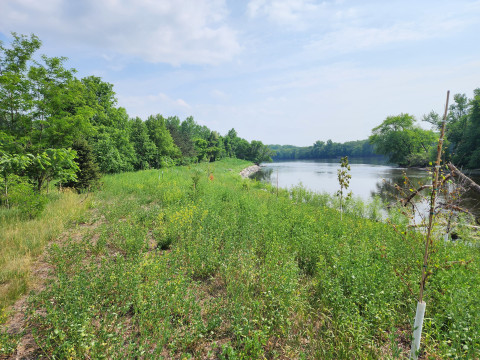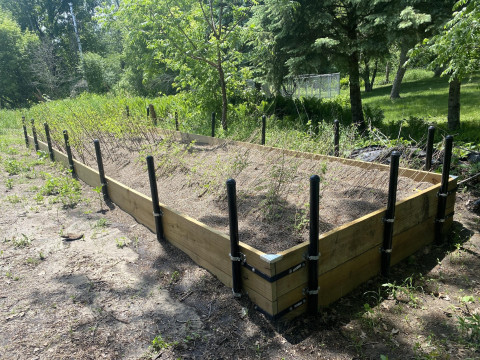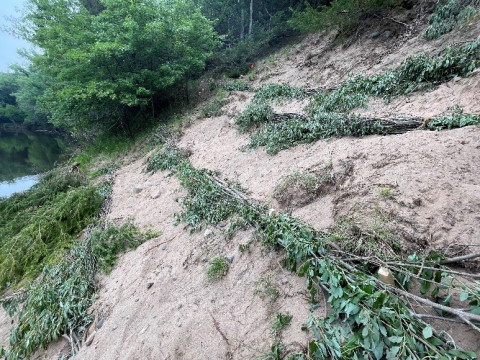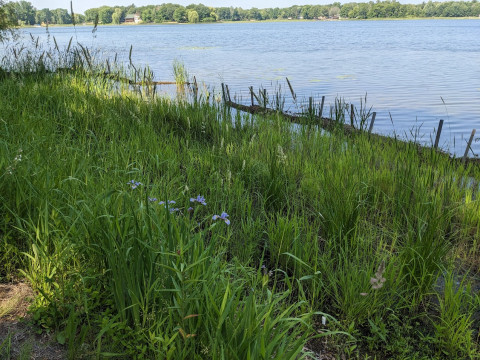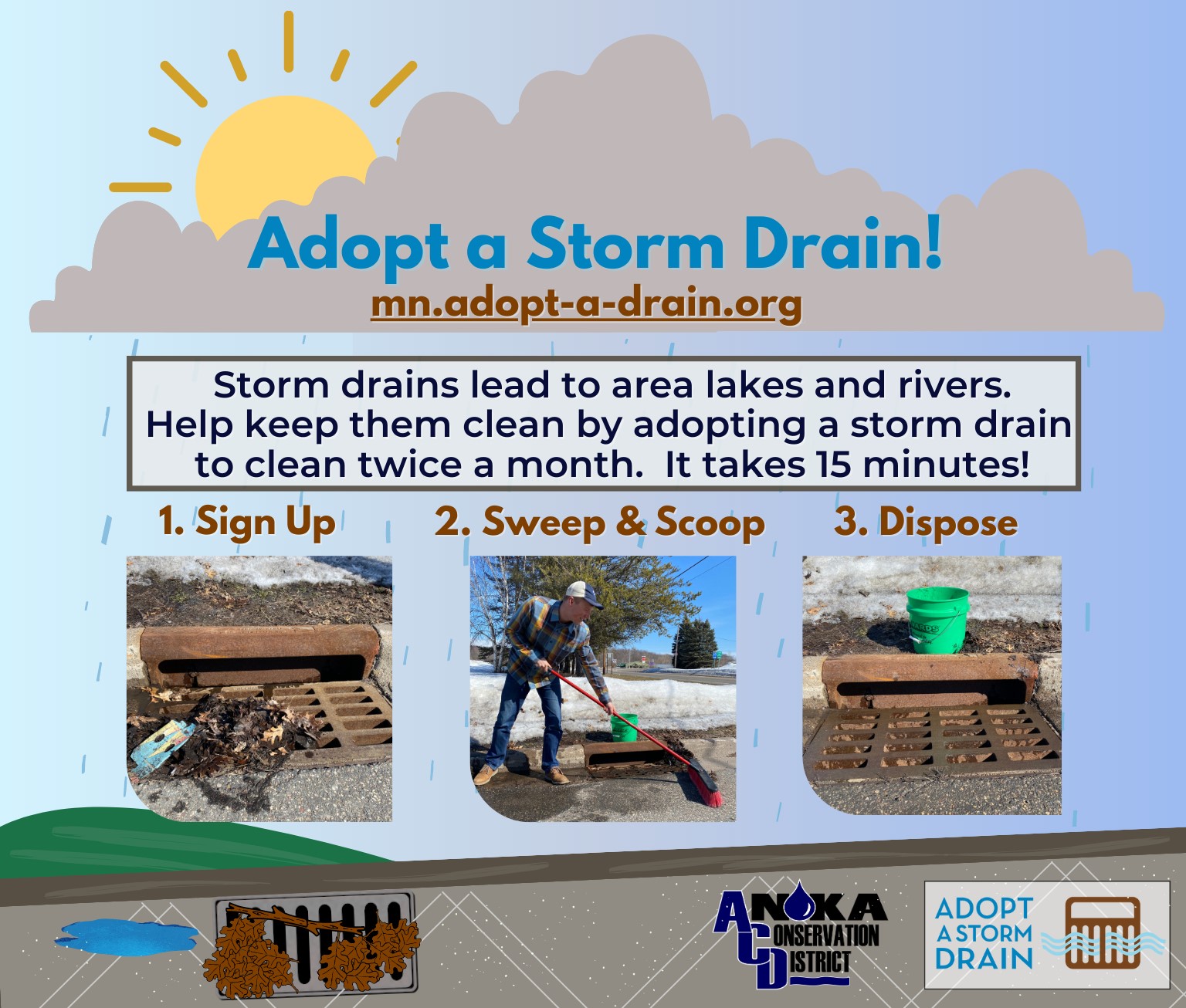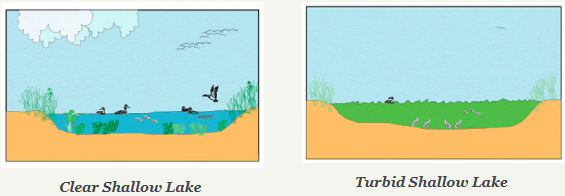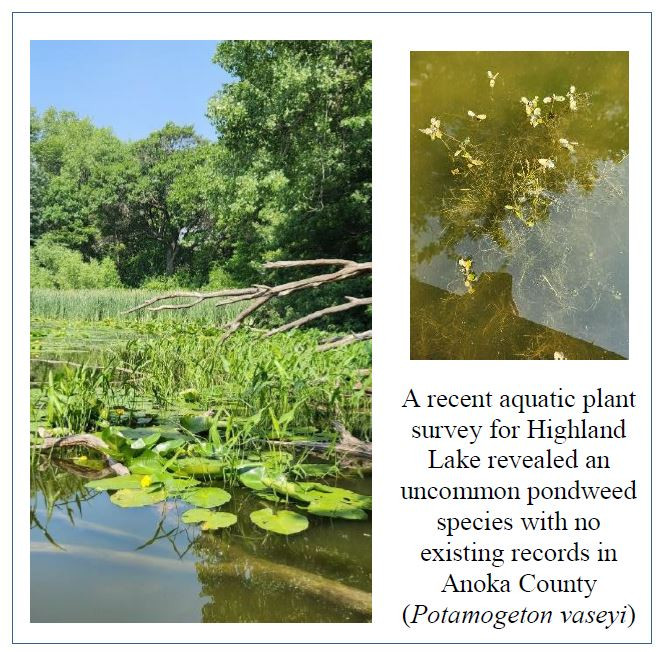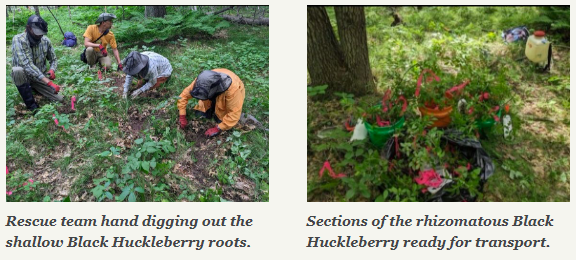Minnesota is rich in wetlands which provide numerous benefits such as flood mitigation, groundwater recharge, water quality improvement, recreation, and high-quality habitat for a wide variety of fish and wildlife species. However, many wetlands exist in a degraded state due to decades of human disturbances such as drainage and filling to increase usable land for agriculture and urban development.
Recognizing their importance, many federal, state, and local agencies have developed programs to provide technical expertise and funding for wetland restoration projects. The goal of wetland restoration is to return a wetland to its natural functions, and the nature of each project depends on the wetland's unique location, hydrology, soils, vegetation, and impacts (historic and current).
Restoring wetlands on your property adds to its ecological value and can often be financially beneficial. Understanding your options can be complicated, which is why ACD – on behalf of, and with funding from, the Rum River Watershed Partnership – created a new wetland restoration brochure. In it, you will find information on benefits, approaches, processes, and funding options common for wetland restoration projects. Click here to access the brochure below.
Anoka County Residents: ACD currently has funding to support wetland restorations benefitting the Rum River! If you live near the Rum River, believe that you have impacted wetlands on your property, and are interested in restoring them, please contact Breanna Keith, Water Resources Technician, at

